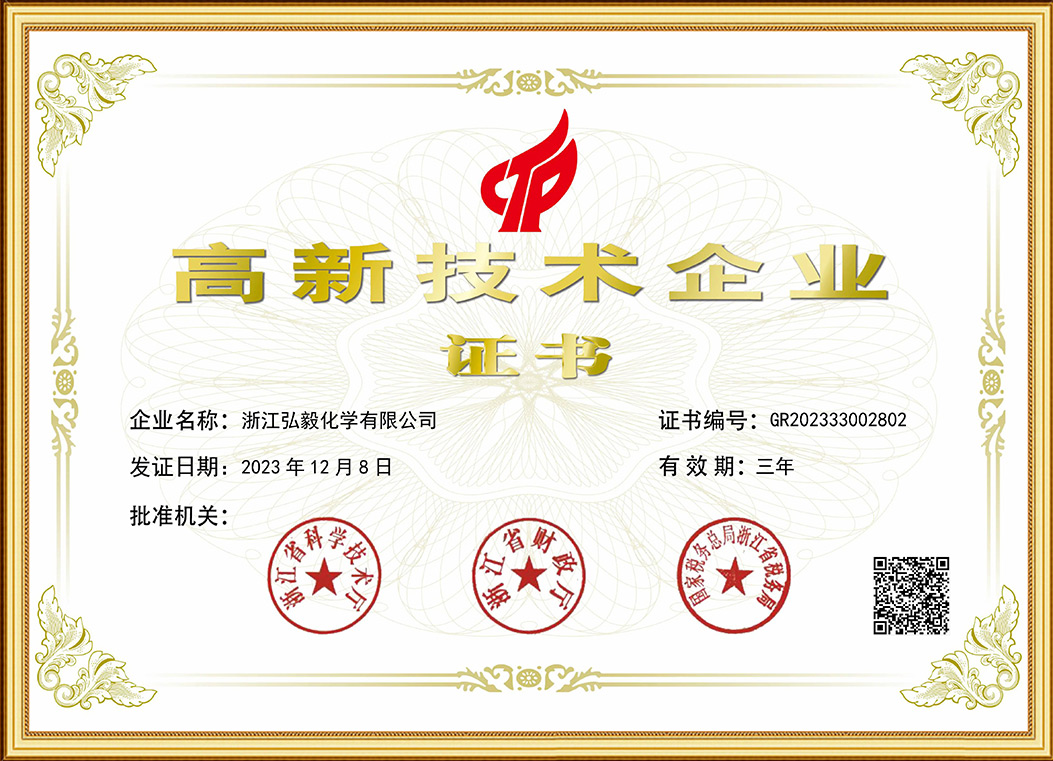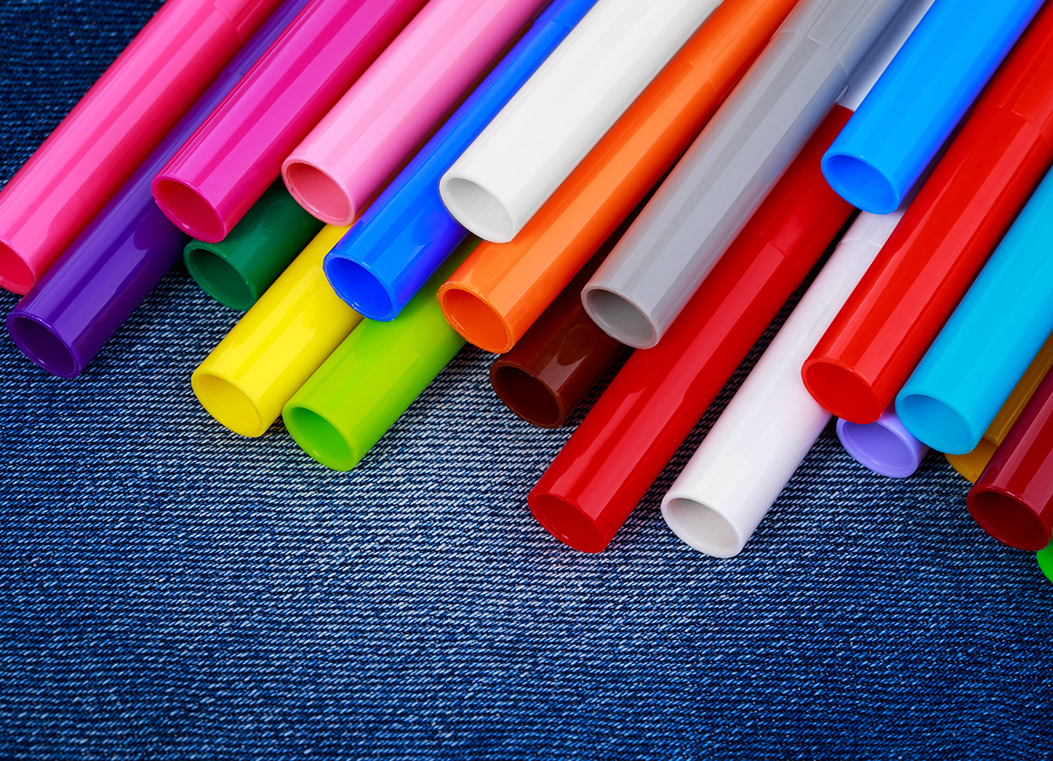The global market for whitening agents is experiencing significant changes due to evolving regulatory frameworks that affect production, application, and distribution. Among these whitening agents, the Fluorescent Whitening Agent and Optical Brightener for PVC profiles hold critical roles in various industries, including textiles, plastics, and coatings. Understanding recent regulatory updates is essential for manufacturers, suppliers, and end-users to navigate the market efficiently and maintain compliance.
Regulatory authorities worldwide have increased their focus on chemical safety, environmental impact, and consumer health concerns. As a result, the Fluorescent Whitening Agent industry is facing new requirements that influence raw material sourcing, production processes, and product formulations. These agents, which absorb ultraviolet light and emit visible blue light, enhance the brightness and whiteness of products. Their use in textiles and plastics, particularly in PVC profiles, makes compliance with regulations crucial to ensure product safety and market accessibility.
One of the key regulatory developments affecting the Fluorescent Whitening Agent market is the tightening of chemical substance registration and reporting under frameworks such as the European Union’s REACH (Registration, Evaluation, Authorisation, and Restriction of Chemicals) regulation. This has led to more stringent scrutiny of the chemical components used in whitening agents. Manufacturers of Optical Brightener for PVC profiles are required to provide detailed safety data and demonstrate the small environmental impact of their products. Compliance with these regulations helps mitigate risks related to chemical hazards and contributes to sustainable industrial practices.
In addition to chemical safety regulations, environmental directives aimed at reducing pollution have influenced the formulation of Fluorescent Whitening Agent products. Many countries have introduced limits on volatile organic compounds (VOCs) and hazardous substances, compelling producers to reformulate whitening agents to reduce their ecological footprint. This trend has significant implications for the Optical Brightener for PVC profiles segment, which traditionally relies on chemical agents that can affect water quality and soil health if not managed properly. Regulatory bodies now require manufacturers to adopt greener alternatives or implement effective waste management practices to comply with these environmental standards.
Consumer awareness regarding product safety and environmental responsibility is another factor driving regulatory changes in the whitening agent market. Increased demand for transparency has pushed regulatory agencies to enforce stricter labeling and certification requirements. The Fluorescent Whitening Agent used in consumer goods must now be clearly identified on packaging, and manufacturers are encouraged to disclose the ecological and health-related aspects of their products. This transparency helps consumers make informed decisions and promotes the adoption of safer Optical Brightener for PVC profiles in construction and household applications.
The impact of regulatory updates is also apparent in global trade and market access for whitening agents. Different countries have adopted varying standards and compliance criteria, which require manufacturers to adapt their products to meet diverse regulatory landscapes. For example, the export of Fluorescent Whitening Agent to markets with strict chemical control regulations demands rigorous testing and certification, ensuring that these agents do not contain restricted substances. Similarly, the Optical Brightener for PVC profiles used in international building projects must meet local environmental and safety standards to be approved for use, influencing supply chains and distribution channels worldwide.
While regulatory changes present challenges, they also create opportunities for innovation and quality improvement within the whitening agent industry. Producers are investing in research and development to create new formulations of Fluorescent Whitening Agent that comply with environmental guidelines without compromising performance. Similarly, advancements in Optical Brightener for PVC profiles focus on enhancing durability and brightness while causing less harmful environmental effects. These efforts align with global trends toward sustainability and circular economy principles, supporting long-term growth and market stability.
Furthermore, industry collaboration with regulatory bodies plays a vital role in shaping effective standards for whitening agents. Open communication helps manufacturers anticipate changes and develop compliant products proactively. As the market for Fluorescent Whitening Agent continues to expand in applications such as textiles, plastics, and coatings, ongoing dialogue with regulators ensures that new technologies are safely introduced and that consumer interests are protected. This collaborative approach is particularly important for Optical Brightener for PVC profiles, where safety and performance standards must balance with environmental concerns.
In conclusion, the global whitening agent market is undergoing transformation driven by regulatory updates focusing on chemical safety, environmental protection, and consumer transparency. The Fluorescent Whitening Agent and Optical Brightener for PVC profiles segments are directly impacted by these changes, requiring manufacturers to enhance compliance efforts and innovate responsibly. Staying informed about regulatory developments and engaging with authorities are essential steps for industry participants to maintain competitiveness and contribute to sustainable industrial growth. By addressing regulatory challenges effectively, the whitening agent market can evolve in a way that supports both business objectives and societal well-being.

 EN
EN 中文
中文 ES
ES




.jpg)













